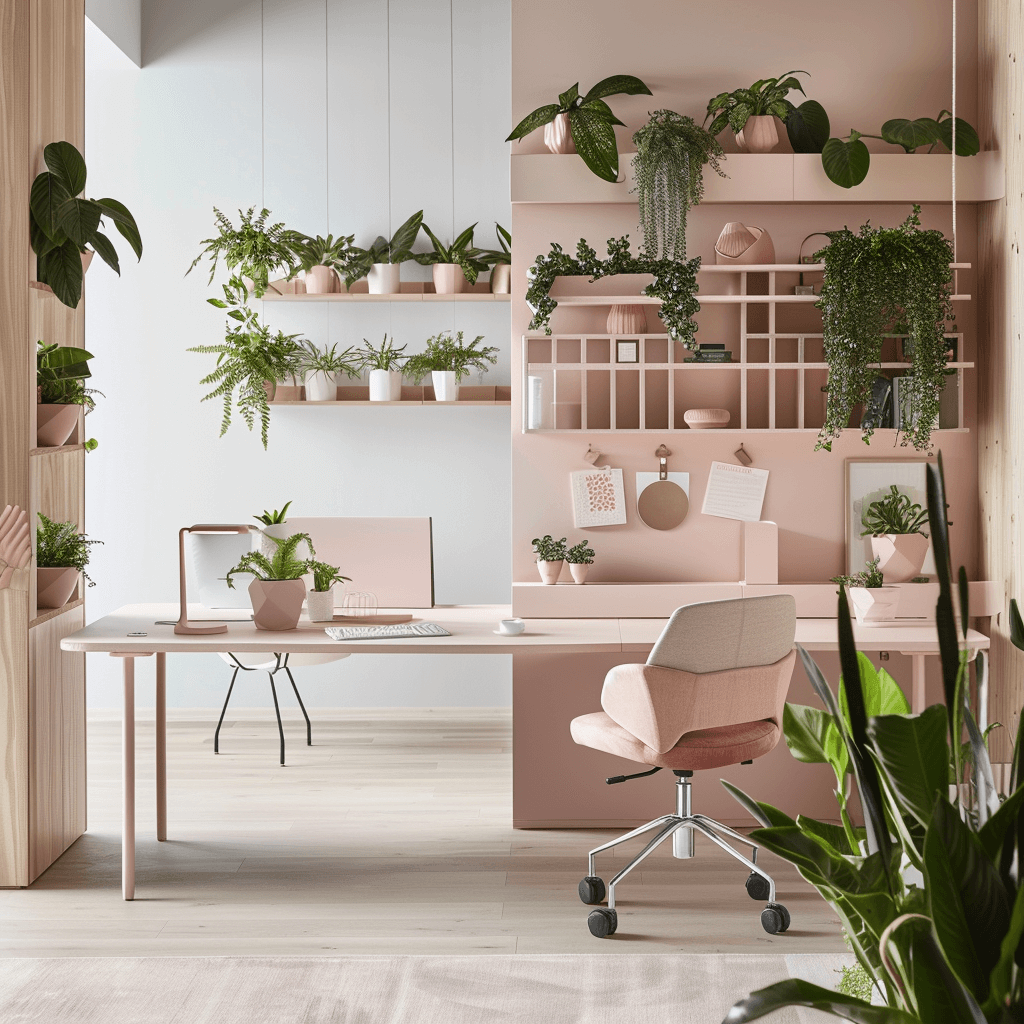
In a world where we are many times detached from our natural environment , the term 'biophilia' is garnering attention, particularly from Designers in the creative community.
What is Biophilia?
Biophilia, a concept popularized by American Biologist E.O. Wilson in the 1980s ( E.O. Wilson Wikipedia ), refers to the innate human tendency to connect with and be drawn to nature and other forms of life. This intrinsic connection can profoundly impact our well-being, productivity,and our CREATIVITY.
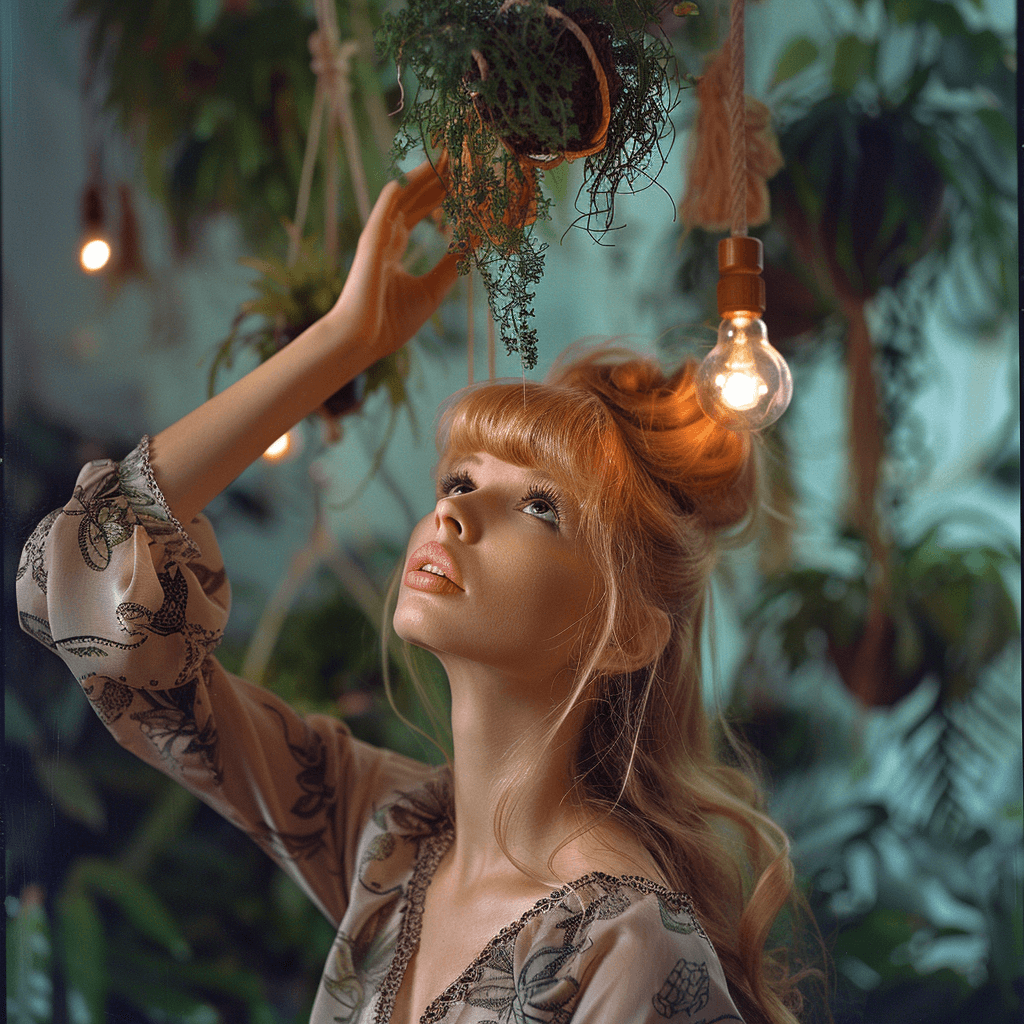
Unlocking a new level of creative potential
Research suggests that environments abundant in natural elements can stimulate the neural pathways associated with creativity.
For instance, exposure to natural light has been shown to enhance mood and energy, factors critically linked to creative output.
Similarly, incorporating plant life into work and living spaces not only improves air quality but also has a calming effect, reducing
stress levels and thereby fostering an environment conducive to creative thought. Even the use of materials, colors, and textures
inspired by nature can play a significant role in enhancing creativity. They simply create a more inviting and stimulating space.
The implications of biophilia for creativity are many. From the architecture of our buildings to the interior design elements
that define our personal and professional spaces, integrating aspects of the natural world can dramatically affect our
creative thinking and innovation.
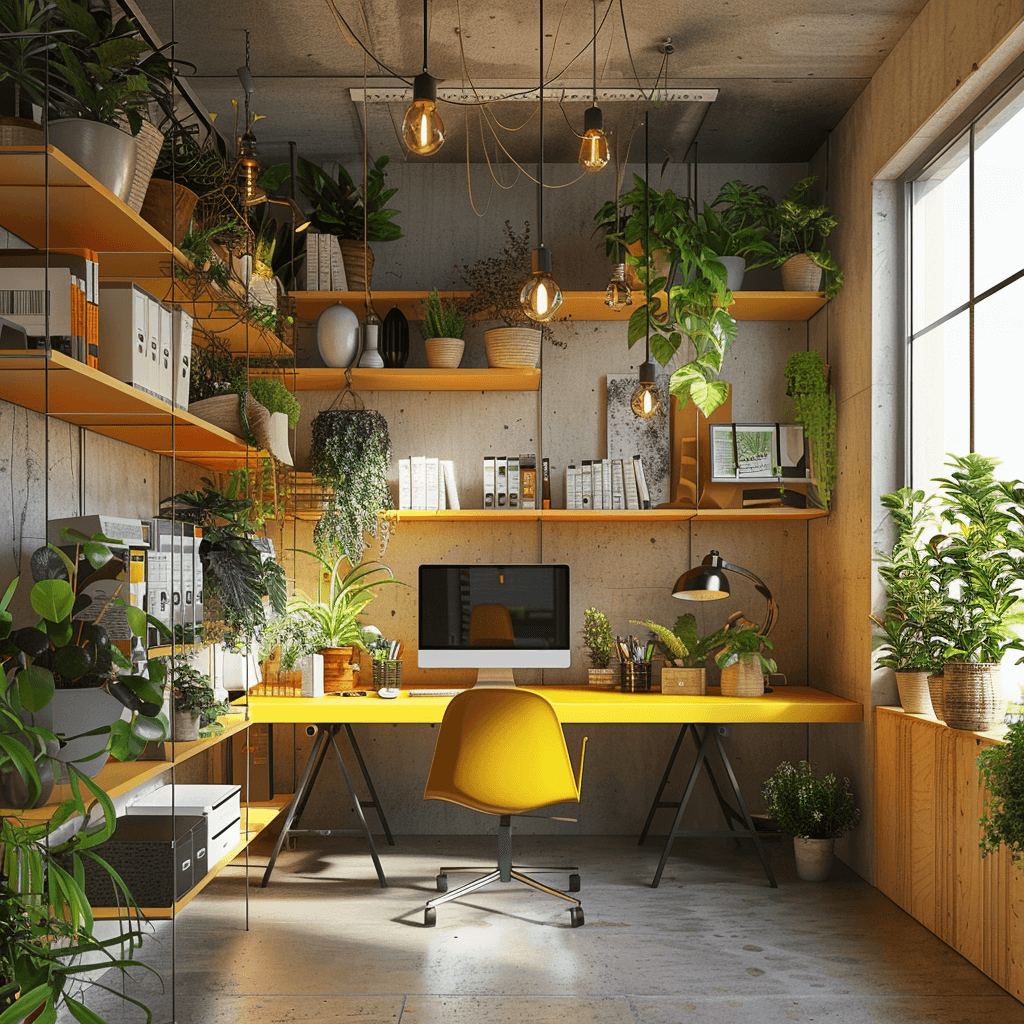
Not just a trend
As we continue to seek ways to enhance our creative abilities, biophilia is not just a trend, but a necessity.
If we blend the boundaries between the indoors and the outdoors, we can create spaces that inspire, energize,
and enhance our creative output.


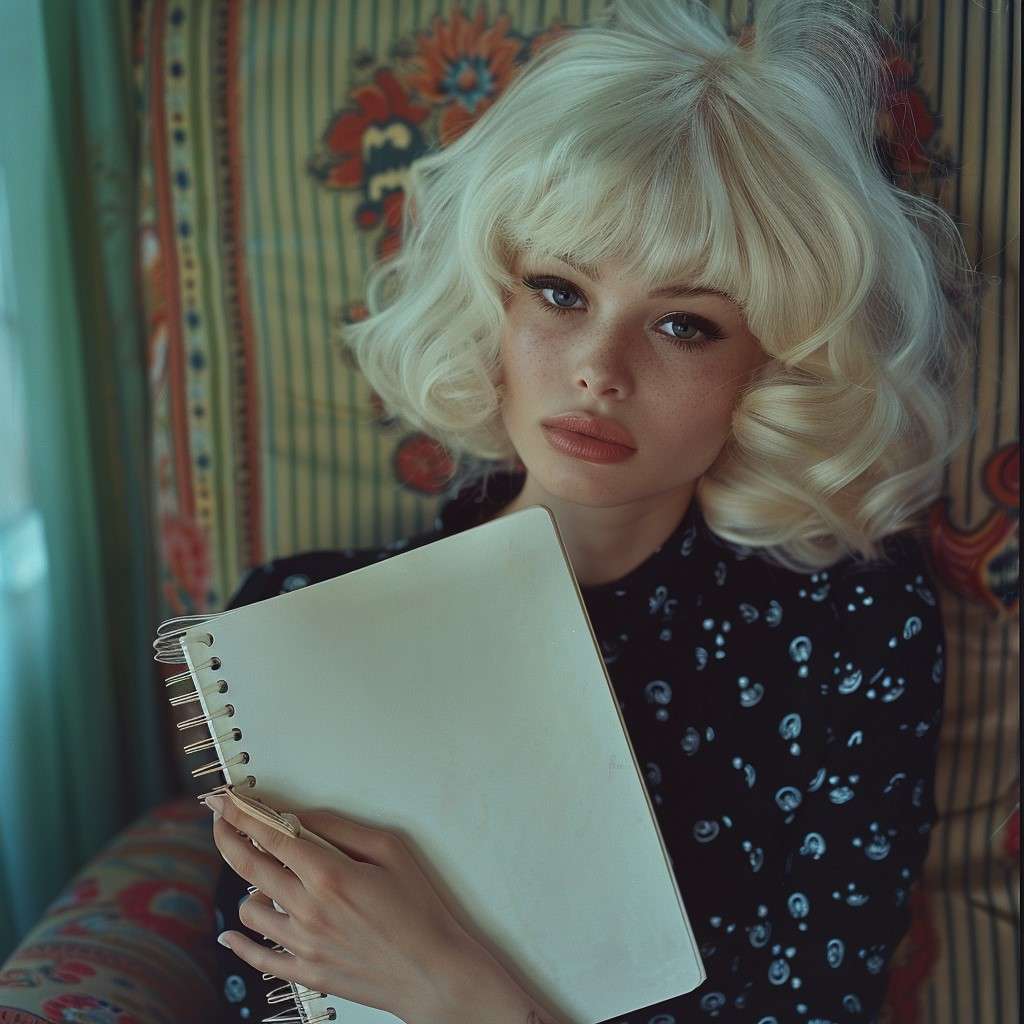
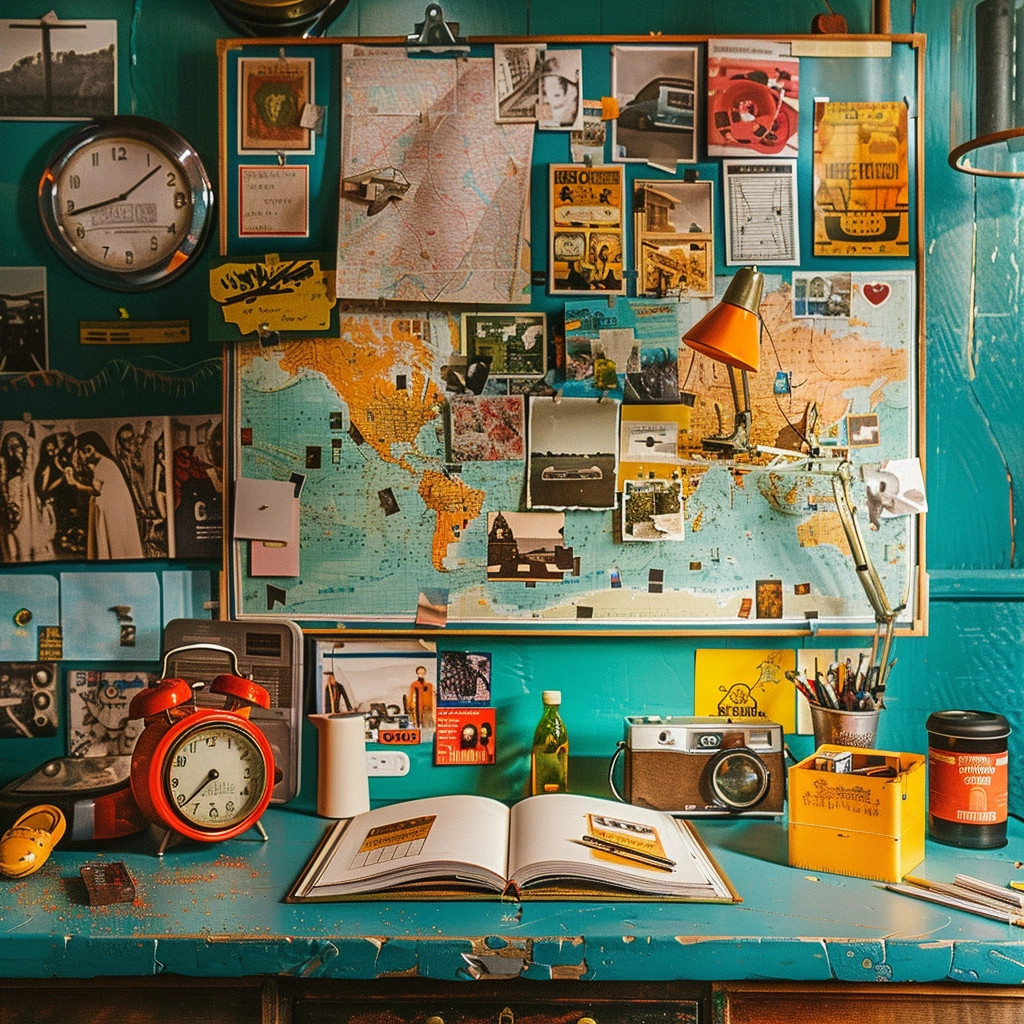

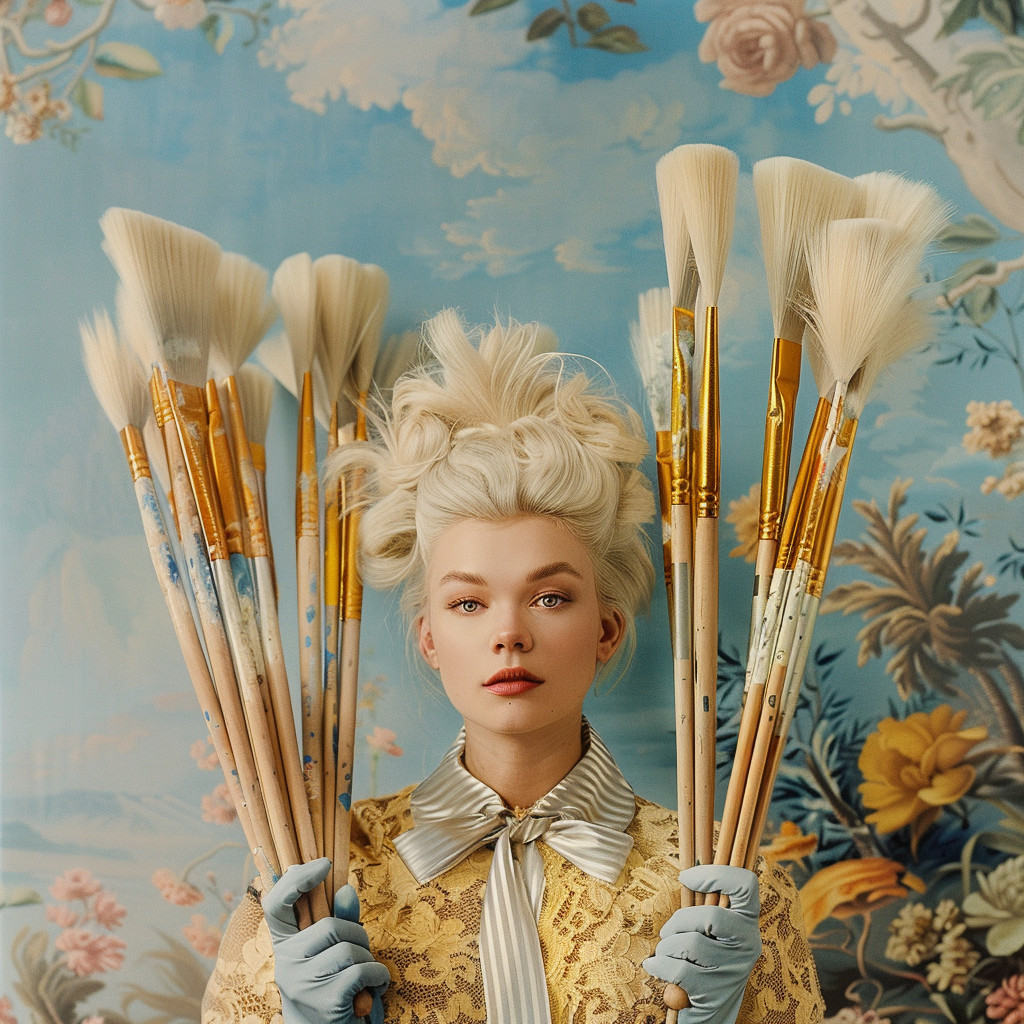
0 Comments